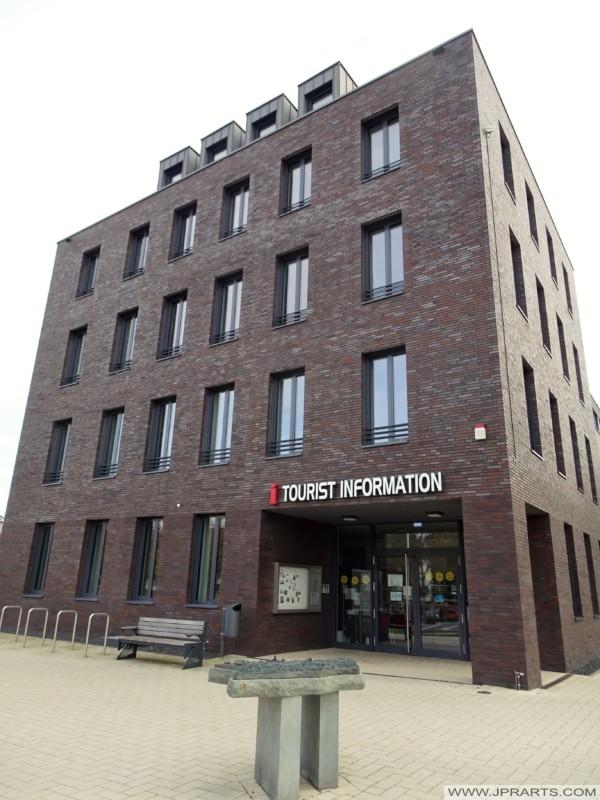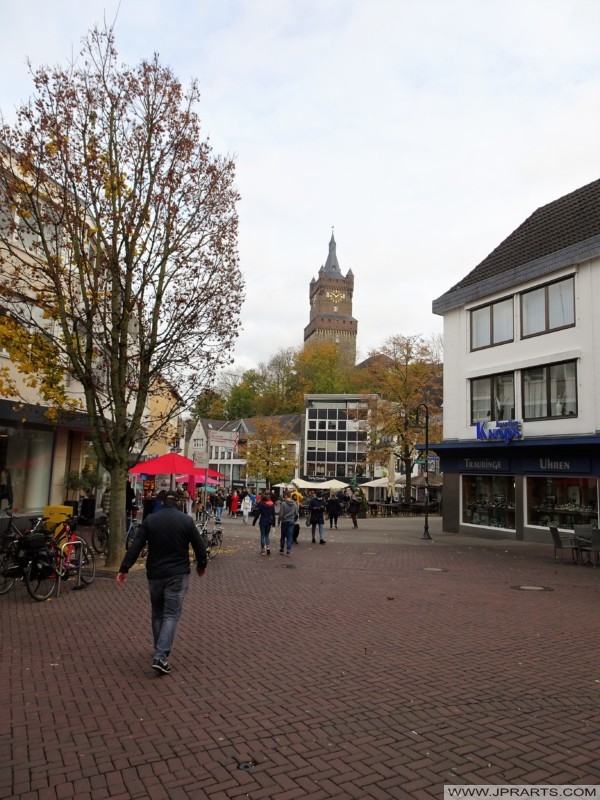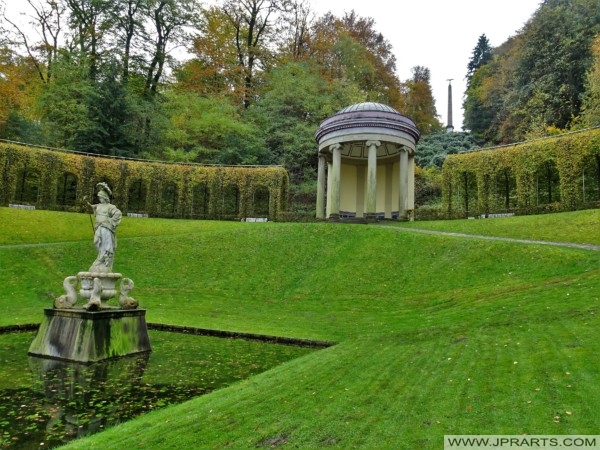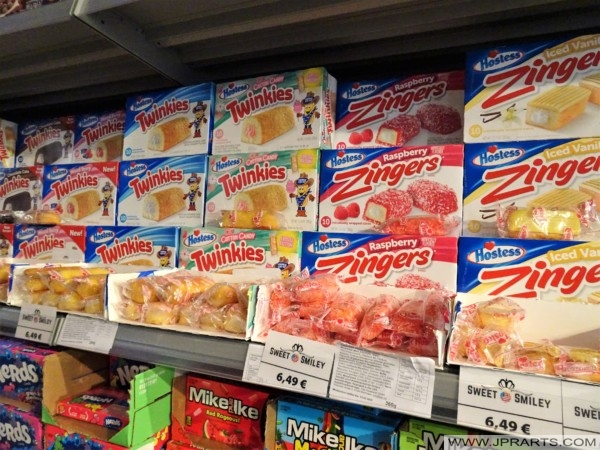German cuisine stands for a wide variety of very distinct regional specialties from Hax’n and Weißwurst in Bavaria, Spätzle and Rostbraten in Swabia to Sauerbraten in the Ruhrgebiet and Schinken, Aale, Hering, Sauerkraut, Kutteln, Spargel, Kohl etc.
Restaurants in Germany
Restaurantes en Alemania
Until the 17th and 18th century German Fine Dining was reserved to the nobility and very much inspired by French courtly feasts. In the 19th centure Prussian parsimony ruled until the economy began to prosper from 1871 onwards (“Gründerzeit”). At the end of the 19th century French influence was re-installed as Kaiser Wilhelm hired Urbain Dubois and Emile Bernard as courtly chefs.
Nevertheless, in 1822 the art historian Karl Friedrich von Rumohr condensed his thoughts about fine dining and cooking in his “Geist der Kochkunst” which is frequently named along Brillat-Savarins “Physiologie du goût” as one of the leading gastro-philosophical works (“Gastrosophie”) . Rumohr was a vigorous opponent to gluttony and a very precise thinker about the culinary arts, dining culture and food in general. His influence, however, is less practical and more theoretical than Brillat-Savarin
Restaurants in Deutschland
مطاعم في المانيا
In the early 20th century there have been very important German chefs who shaped German Fine Dining, namely Alfred Walterspiel and Gustav Horcher. Walterspiel became chef de cuisine in the Hotel Atlantik in Hamburg at the age of 29 and bought the internationally renowned Berlin restaurant “Hiller” from Louis Adlon in 1912. Unfortunately this was closed during the first world war by the Wucheramt due to inopportune luxury. In 1926 Walterspiel (together with his brother Otto) bought the Hotel Vier Jahreszeiten in Munich whose restaurant was named after him until 1995. He wrote the famous cookbook “Meine Kunst in Küche und Restaurant”.
德国的餐馆
Ristoranti a Germania
Horcher, on the other hand, created a unique style of service in his restaurants (including the famous stool for the handbag). The restaurant Horcher in Madrid carries on the family tradition. Especially in the “Golden 20s” Berlin and its restaurants was highly regarded in Europe. As the Michelin was not international these days Germany does not have dynasties such as the Maison Troisgros or Maison Pic which was for sure exacerbated by the two world wars.
Ресторани в Німеччині
Restaurants en Allemagne
After the second world war Germany was economically too weak to generate great chefs because there was simply no demand. In the mid to late 1960s the Wirtschaftswunder again created some demand for Fine Dining. But, most restaurateurs did not return to Walterspiel’s or Horcher’s recipes or principles but instead ate a lot in the Elsass (at Haeberlin) and then sent their children to France for training. So, Germany was first under French influence, then shortly developed a German approach to Fine Dining, lost it and then imported French and international cuisine again.
जर्मनी में रेस्टोरेंट
Restorani u Njemačkoj
Visit Germany Travel to Book Flights and Hotels Cheap Online
Visit Food & Drinks to Order Cheap and Easy Online








